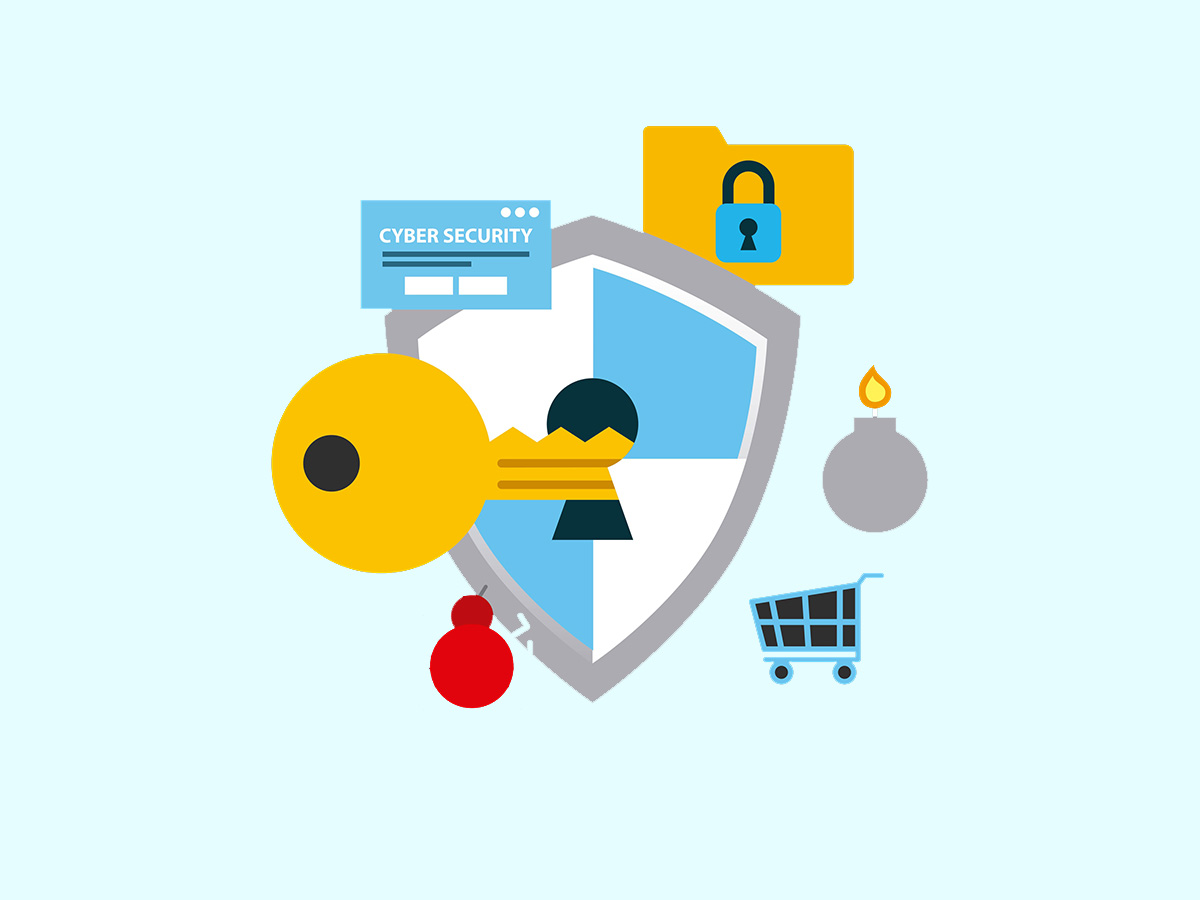SHA1, which stands for Secure Hash Algorithm 1, is a cryptographic hash function. It produces a 160-bit (20-byte) hash value, commonly rendered as a 40-digit hexadecimal number. SHA1 is often used in security systems and protocols, including TLS and SSL, PGP, SSH, and IPsec. Though it’s still widely used, security experts consider SHA1 to be insecure for many cryptographic purposes since vulnerabilities have been discovered in this algorithm.
SHA1 Examples
1. Git Version Control System
In the world of programming and software development, Git is a widely used version control system. It helps keep track of different versions or changes in a collection of files, typically source code. A feature that sets Git apart is its usage of SHA1.

Stay One Step Ahead of Cyber Threats
Every file and each revision within Git is tagged with a unique SHA1 hash value that serves as an identifier. Instead of comparing file versions or tracking changes by their names or timestamps, Git uses these unique hash values. This strategy increases Git’s capability to manage and track numerous file versions more accurately and efficiently.
The integrity of data is vital in version control. Git’s use of SHA1 ensures this by creating a checksum for each change. This measure guarantees that the data has not been tampered with and remains consistent as developers collaborate, preventing the introduction of corrupt versions into the repository.
2. Password Storage
Online safety and secure data storage are crucial aspects of any digital platform, especially when it involves personal user information like passwords. Traditionally, many websites used SHA1 for storing user passwords safely.
For a user creating an account or updating their password, the chosen password would undergo a process known as hashing using SHA1. The hashed password, a unique string of characters, would then be stored in the database. Notably, the original password is not saved, increasing data security.
During the login process, the platform would hash the entered password again and compare this new hash with the stored one. A match means the password is correct, allowing the user access. This method adds an extra layer of protection as even if the database were compromised, the attackers wouldn’t get the actual passwords, only the hash value.
3. Document Verification
Ensuring the integrity of documents, especially during transmission, is a critical concern in digital communication. Here’s where SHA1 provides a practical application – document verification.
When a file is sent from one location to another, the sender often generates a SHA1 hash of the file and sends it along with the file. This hash is like a digital signature unique to the original file.
Upon receiving the file, the receiver can compute a new SHA1 hash on the received file and compare it with the sent hash value. If both match, it indicates that the file has not been altered or tampered with during the transmission process. This way, SHA1 acts as a security measure to ensure data integrity.
Conclusion
SHA1 has played a pivotal role in supporting various cybersecurity systems and protocols. Despite its vulnerabilities and the rise of more secure alternatives, its applications in document verification, password storage, and version control systems like Git underline its significance in the digital world.
Key Takeaways
- SHA1 stands for Secure Hash Algorithm 1 and was widely used in cryptographic applications.
- It generates unique 160-bit (20-byte) hash values for each input.
- While once popular for password storage and data integrity checks, SHA1 is now considered insecure due to identified vulnerabilities.
- In spite of its vulnerabilities, SHA1 is still extensively used in systems like Git for version control.
- The fundamental application of SHA1 is to verify that a piece of data hasn’t been tampered with.
Related Questions
1. Why is SHA1 considered insecure?
SHA1 is considered insecure because computational advances have led to attacks that can produce the same SHA1 hash from different inputs, a phenomenon known as a collision. This means that a malicious party could alter a piece of data without changing its hash, which defeats the purpose a hash should serve.
2. What has replaced SHA1 for more secure applications?
SHA256 and SHA3 are examples of secure hash functions that have replaced SHA1 in many applications. They produce longer hash values and are currently resistant to known hash function attacks.
3. Can you explain a practical scenario where hash functions like SHA1 are used?
Hash functions like SHA1 are often used in file transfers to ensure data integrity. For example, when downloading a file from a website, the site might provide the SHA1 hash of the file. After downloading, you can calculate the file’s SHA1 hash, and if it matches the provided hash, you can be confident the file wasn’t altered during the download.
4. How does Git use SHA1?
Git uses SHA1 to create unique identifiers for every change or commit. Each file and revision is assigned a unique SHA1 hash, which ensures correct tracking and management of versions. It adds an extra layer of security by guaranteeing the data hasn’t been modified.
5. What are the drawbacks of using SHA1 for password storage?
With the vulnerability of SHA1 to collision attacks, it’s possible for attackers to find a password with the same hash as the stored hash, even if it’s not the correct password. Additionally, using SHA1 without a salt leads to problems when attackers use pre-calculated tables of hashes (rainbow tables) to find the password from the hash.
"Amateurs hack systems, professionals hack people."
-- Bruce Schneier, a renown computer security professional






